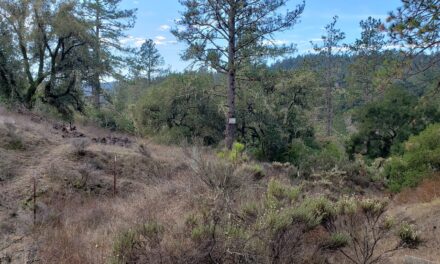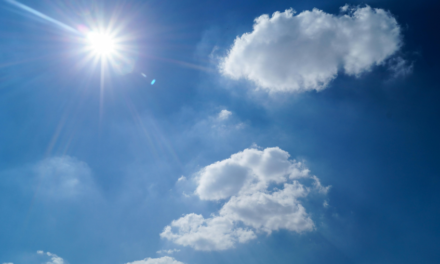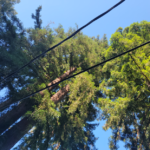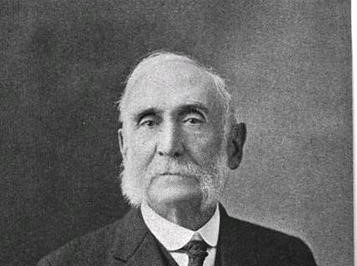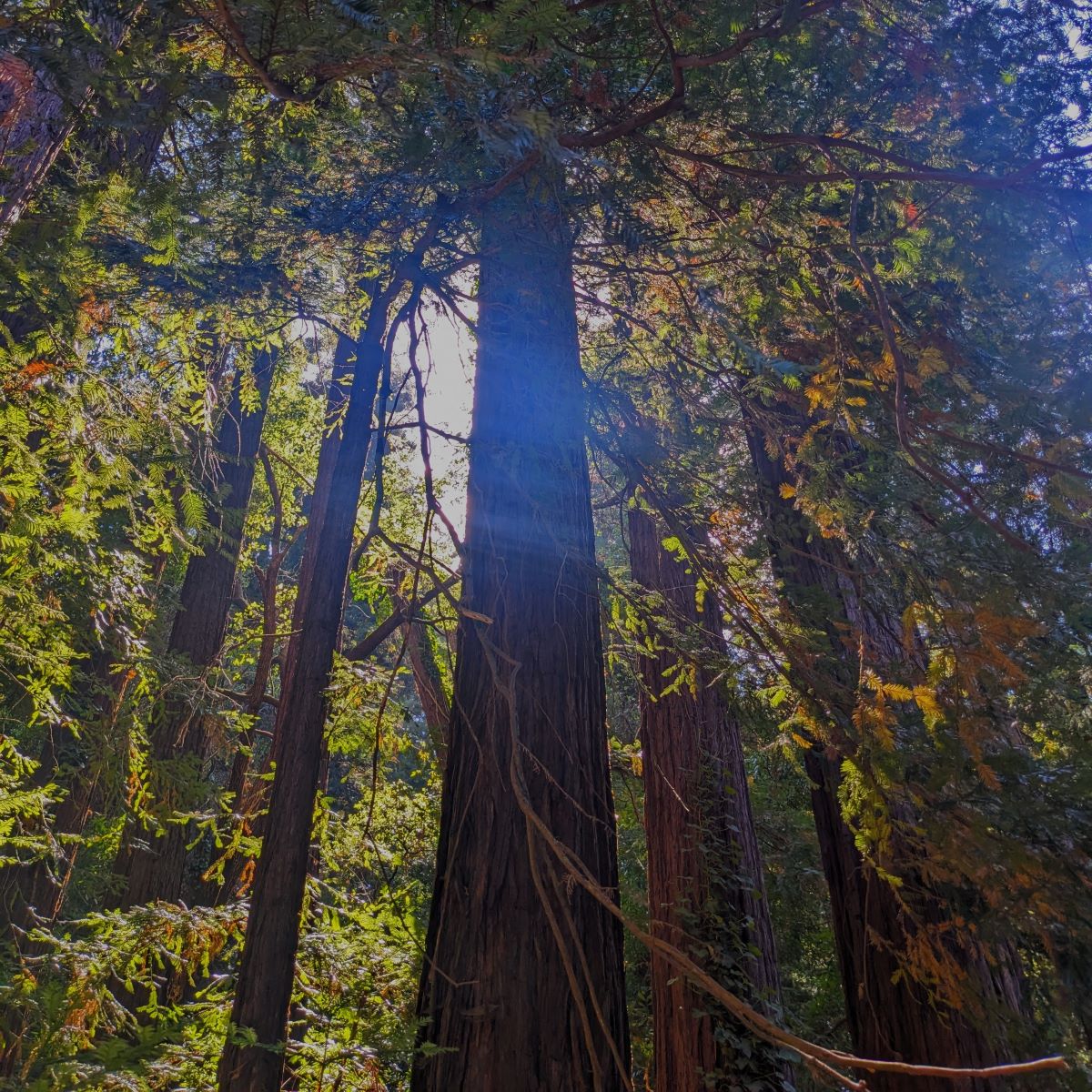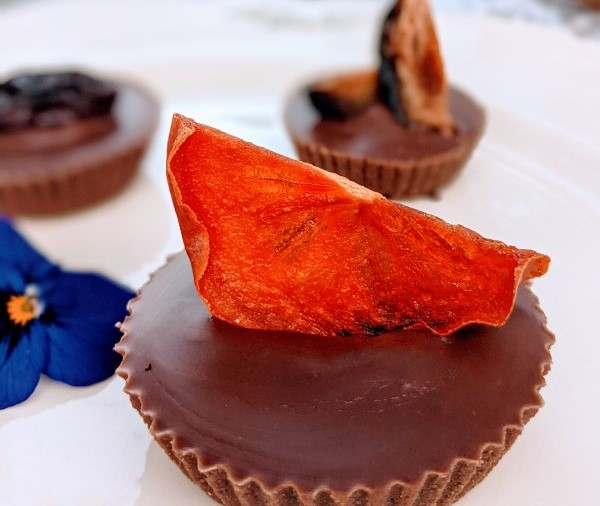
Starting and Tending Your Native Pollinator Garden
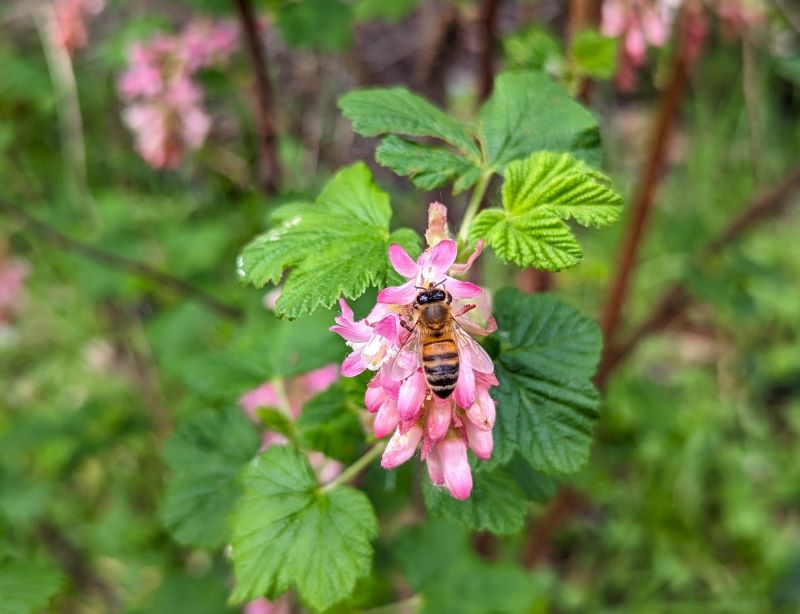
By Marielle Martin
In the Santa Cruz Mountains, April is a great time to start or rejuvenate a native pollinator garden. During spring’s cooler months, the soil is still warm enough for root growth, but air temps are cool enough to prevent excessive water loss from plants. Additionally, many California native plants are adapted to a winter rainfall pattern, and planting during the cooler months allows them to establish their root systems before the hot and increasingly drier summer.
For your garden, consider factors such as your lot’s balance of sun and shade, soil type, and make your selections accordingly. You can find much of this information on the best selection of natives and pollinators for your space from your favorite local nursery, a botanical garden, and the California Native Plant Society at calscape.org. You can also take inspiration from the Felton Discovery Park adjacent to the Felton Library at 6121 Gushee Street. This interactive park is situated around the environmentally sensitive Bull Creek, which is now flowing robustly after the January through March rains. Plants for the park were chosen intentionally to inspire home gardeners while providing sanctuary for pollinating insect populations.

Some popular native plant selections include the vibrant orange California poppy, evergreen ceanothus with fragrant white or blue flowers, manzanita with its beautiful red bark and small pink and white winter flowers, and toyon, also known as Christmas Berry with red berries in winter.
Native Pollinators

As you know, San Lorenzo Valley is home to a diverse range of pollinators, including bees, butterflies, hummingbirds, and moths, all of which play essential roles in our ecosystems. To draw these birds and insects, native plants are key. Options for plants that attract pollinators locally include:
Bleeding heart (Dicentra formosa)
California strawberry (Fragaria vesca)
Coyote brush (Baccharis pilularis)
Douglas iris (Iris douglasiana)
Flowering Currant (Ribes sanguineum)
Western columbine (Aquilegia formosa)
Yarrow (Achillea millefolium)
Be sure to plant in clusters to make it easier for pollinators to find food sources. Clusters also create microclimates, providing shelter and protection for insects and small animals. Add a water feature like a birdbath or small pond. And rocks and branches for insect and bird perches.
Maintenance: Regular watering, weeding, and pruning are all essential tasks that will keep your garden healthy and thriving. You should also be prepared to remove any invasive plants that may disrupt the natural ecosystem of your garden.
Soil prep: Aim for well-drained soil with good organic content. Soil heavier with clay will need to be amended with compost or leaf mold to improve drainage and nutrients. A layer of mulch will help retain moisture in the soil and keep weeds in check.
Design: When choosing a layout, consider the natural patterns and habitats of the plant species you have chosen. Create a natural look by grouping plants together in clusters or drifts (a curved ribbon of the same plant) rather than planting in straight rows. Clusters encourage pollinators. Colors and textures can be selected to create a visually appealing garden.
Good news! A native garden requires less water and maintenance than a traditional garden. Native plants are naturally adapted to the regional climate, making them more drought-tolerant and resistant to pests and diseases. This reduces the need for pesticides and fertilizers, which harm pollinators and damage the ecosystem. Instead, when needed, consider compost tea or natural pest control products.
The beauty of a native pollinator garden is incomparable. It will thrive for many years to come. And building this biodiversity and sustainability into your garden is good for your family, the community, and the greater San Lorenzo Valley watershed.
Marielle Martin is a writer, gardener, and photographer. She is currently renovating a 1910 Felton Acres craftsman cabin and is restoring its garden with natives and pollinators. Reach out at mariellemartin@live.com.
Featured photo: A bee is drawn to the Flowering Currant (Ribes sanguineum) in the Felton Discovery Park. (Photo by Marielle Martin)

